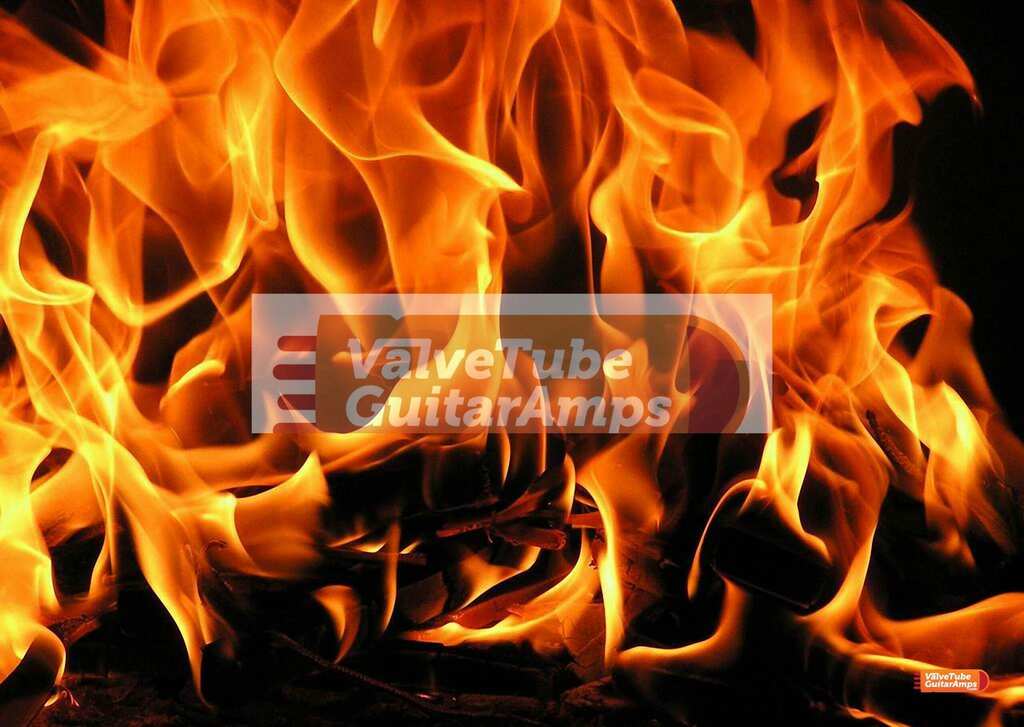A number of valve sellers offer output valves that are “burned in”.
Burning in valves means basically running them for a number of hours.
It is claimed that the benefit is that this weeds out the ” weak valves” and improves the matching of the valves as the implication is that the valves go out of matching if they are matched from new.
I was suspicious of this claim as there is no data produced to show how they “move ” and over what period they will move.
In our case we test every valve we sell, so any problem valves are found. A weak valve is one that does not meet the specification and cannot be sold and we reject any “weak valves” and send them back to the manufacturer to help them improve their quality control.
We have seen about 11 faulty valves out of thousands sold. Some arrived and they obviously had gas leaks and were dead on arrival. We have seen some where the glass is blown too thin and when you plug it in the test socket it breaks. Of course a few have failed with a customer after six weeks or so and there has only been 2 or 3 of these.
So we decided to test and see what parameter shift there was on burned in valves.
Our first test was a brand new JJ Electronic 6L6GC that we had already tested to check that it was good.
I set up this brand new JJ 6L6 on my tester, running at 350 volts. A key matching criteria is the cathode current. I set up the 6L6 and left the tester running so I could check the cathode current. When the valve was warmed up the current was 53.5mA .
A full 48 hours later it read 54mA . During the period under test the current varied between 53.5 and 54mA.
This variation is due more to the tester as it is calibrated on mains voltage and before taking readings I did re-adjust the calibration to the mains readings. This is done with a switch and not a continuous control so the step is likely the reason for the variation
Now I know this is a sample of one but it is at least a first data point on 6L6GC from JJ. 0.5mA is only a variation of 0.9% and as we match to winning 4% it is a tiny variation
This initial test indicates that burn in makes no difference to the valve cathode current. It is totally stable. The key to good matching is to be patient and let the valves totally warm up.
For our next test we will move on to the EL84 and see how stable they are,. Again I will test a JJ Electronic EL84.
Watch out for updates to this blog! Testing for 48 hours is two solid days so its going to take a few days to get the results of the EL84.
Burned In Valves – Worth the extra £?

